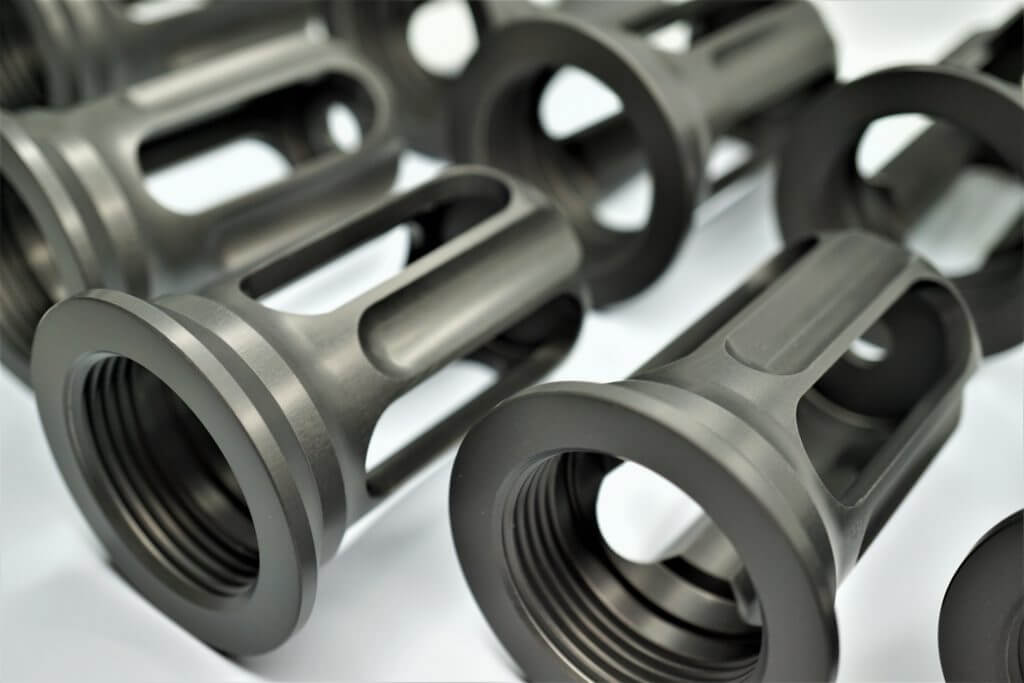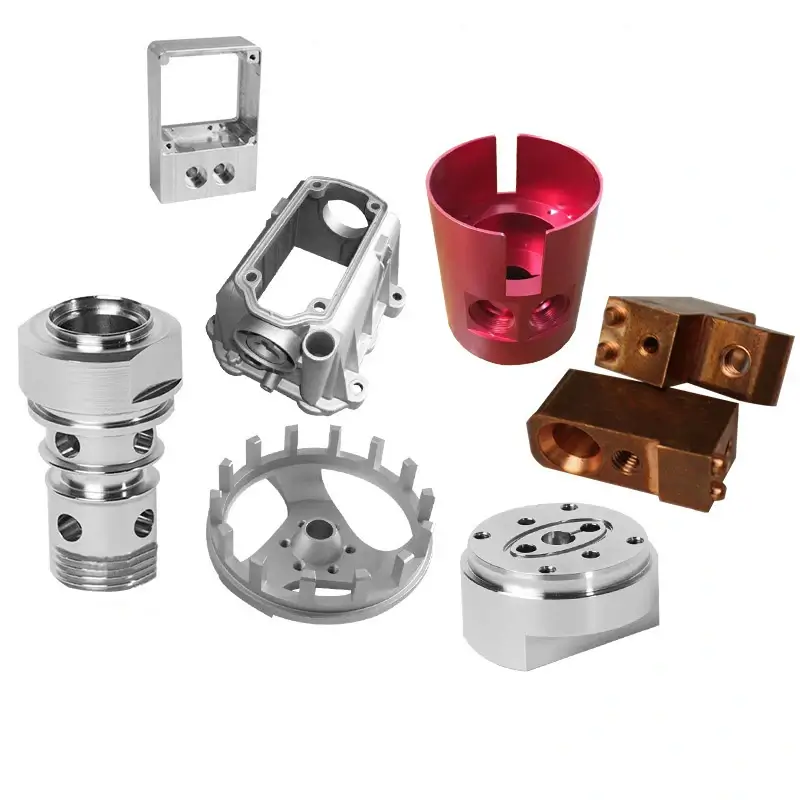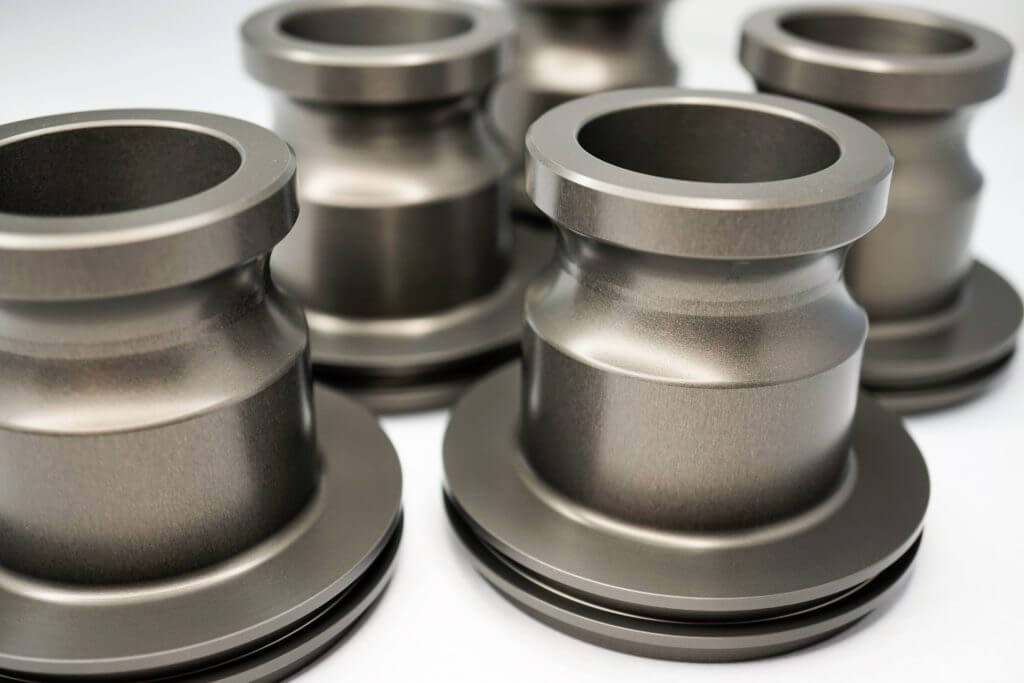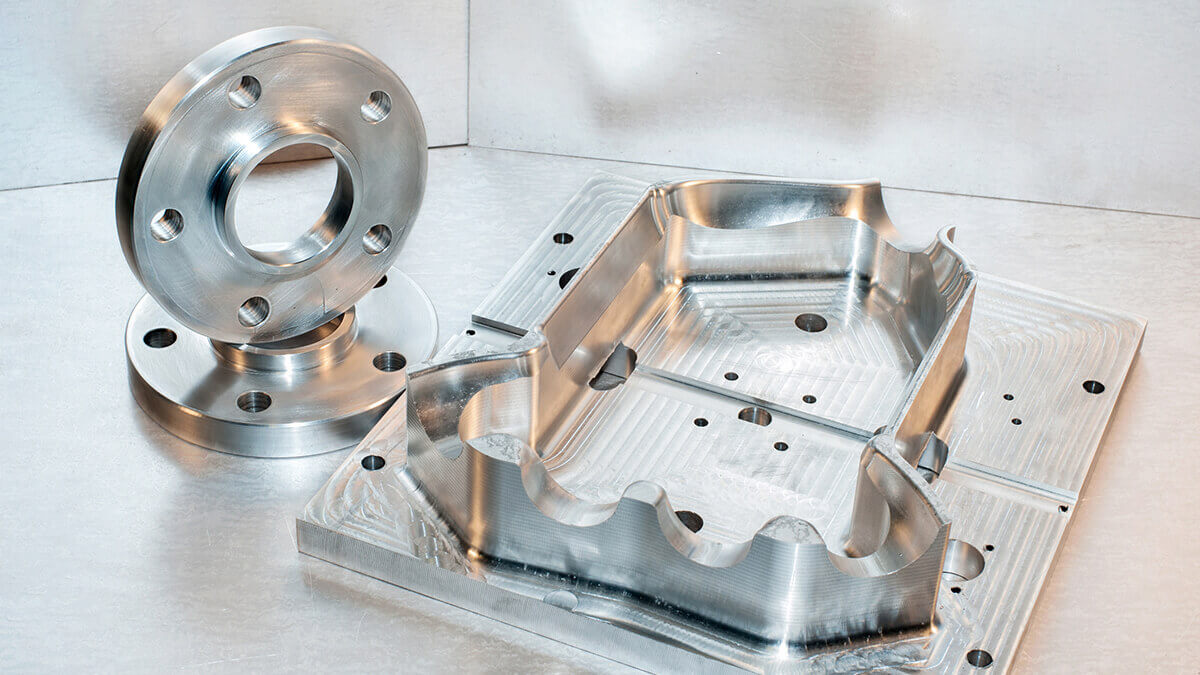The Process of Hard Anodizing CNC Machined Parts
Hard anodizing and sulfuric acid anodizing are two common processes used to enhance the durability and corrosion resistance of CNC machined parts. These processes involve immersing the parts in a sulfuric acid solution and applying an electric current to create a protective oxide layer on the surface of the parts. In this section, we will explore the process of hard anodizing CNC machined parts in detail.
The first step in hard anodizing is the preparation of the parts. The parts are thoroughly cleaned to remove any dirt, grease, or other contaminants that may interfere with the anodizing process. This is typically done using a combination of degreasing agents and alkaline cleaners. Once the parts are clean, they are rinsed with water to remove any remaining cleaning agents.

After the parts are cleaned, they are ready for the anodizing process. The parts are immersed in a sulfuric acid solution, which acts as an electrolyte. The sulfuric acid solution is typically mixed with other additives to improve the anodizing process, such as sulfuric acid anodizing additives or hard anodizing additives. These additives can help to improve the quality of the anodized layer and enhance its properties.
After the part is immersed in a sulfuric acid solution, an electric current is applied. And, this current causes a reaction on the surface of the part to form an oxide layer. The thickness of this oxide layer can be controlled by adjusting the voltage and duration of the anodization process. But compared to sulfuric acid anodizing, hard anodizing usually requires higher voltage and longer duration, increasing processing costs.

During the anodizing process, the parts are constantly monitored to ensure that the desired thickness and quality of the oxide layer are achieved. This is typically done using various measurement techniques, such as thickness gauges or visual inspection. If necessary, adjustments can be made to the voltage or duration of the anodizing process to achieve the desired results.
Once the anodizing process is complete, the parts are rinsed with water to remove any residual acid or other contaminants. They are then dried and inspected for any defects or imperfections. If necessary, additional processes, such as sealing or coloring, can be performed to further enhance the properties and appearance of the anodized layer.
Hard anodizing offers several advantages over sulfuric acid anodizing. The oxide layer formed during hard anodizing is typically thicker and harder, providing increased wear resistance and durability. It also offers better corrosion resistance, making it suitable for applications in harsh environments. Additionally, hard anodizing can improve the appearance of the parts, as it can be dyed to achieve various colors.

In conclusion, hard anodizing is a process used to enhance the durability and corrosion resistance of CNC machined parts. It involves immersing the parts in a sulfuric acid solution and applying an electric current to create a protective oxide layer. The process requires careful preparation and monitoring to achieve the desired results. Hard anodizing offers several advantages over sulfuric acid anodizing, including increased wear resistance, improved corrosion resistance, and the ability to achieve various colors.
